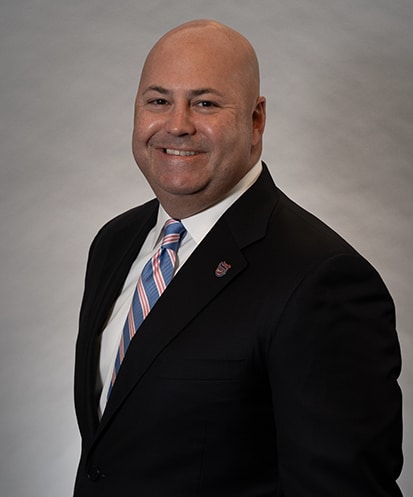Patients are Dying from Sepsis While Doctors Wait for a Study
 The Virginian Pilot recently reported about Dr. Paul Marik, a physician at Sentara Norfolk General Hospital, who is successfully treating sepsis patients with a surprisingly simple concoction. While treating a patient with severe sepsis, the chief of pulmonary and critical care at Virginia Eastern Medical School decided to order IV infusions of a combination of Vitamin C and hydrocortisone to reduce inflammation. Within 24 hours, the patient was reportedly breathing better and well enough to be taken off her blood pressure medication. Three days later, the patient was reportedly released from the Intensive Care Unit (ICU).
The Virginian Pilot recently reported about Dr. Paul Marik, a physician at Sentara Norfolk General Hospital, who is successfully treating sepsis patients with a surprisingly simple concoction. While treating a patient with severe sepsis, the chief of pulmonary and critical care at Virginia Eastern Medical School decided to order IV infusions of a combination of Vitamin C and hydrocortisone to reduce inflammation. Within 24 hours, the patient was reportedly breathing better and well enough to be taken off her blood pressure medication. Three days later, the patient was reportedly released from the Intensive Care Unit (ICU).
Since that time, Marik has utilized the treatment for numerous patients. His results were included in a study published online in December by CHEST, an American College of Chest Physicians medical journal. Out of 47 patients with sepsis treated in Norfolk General’s ICU, four died in 2016, which represents an 8% rate of mortality. Of those four, none died of sepsis. Instead, their deaths resulted from the medical conditions that led to sepsis in the first place. When these numbers are compared to the previous year, the difference is significant. In 2015, 19 of 47 septic patients died, which represented a much higher 40% rate of mortality. Though these statistics demonstrate a positive outlook for this treatment option, only a handful of ICU doctors are reportedly putting it to use and observing similar outcomes.
What is sepsis?
When the body is attacked by an infection, it responds by sending chemicals into the bloodstream for the purpose of countering the attack. However, if the body overreacts, widespread inflammation can develop. This can decrease the flow of blood, causing extensive damage to bodily organs. As explained by the Centers for Disease Control, the condition is most often associated with infections occurring within the lungs, urinary tract, skin, and stomach, to include staph and strep infections.
Early signs of sepsis include fever, weakness, and an overwhelming feeling of illness. Patients may also experience mental confusion, with a faster than normal heartbeat. Left untreated, septic shock can develop into more serious symptoms, like breathing difficulties and digestive complications, as the organs of the body begin to shut down.
Waiting for a study
Sepsis occurs in more than 1 million people each year in this country, with 28 to 50 percent dying, according to the National Institutes of Health. Yet, physicians are overwhelmingly reluctant to try this treatment. Many of them report that they are waiting for an official study, but there is no specific timeframe for this to occur. Marik says that he also wants a study completed, but acknowledges that it is unlikely to happen, considering his method involves a $60 treatment that does not benefit the pharmaceutical industry.
Please contact Paulson & Nace, PLLC through this contact form or by calling 202-463-1999.

Christopher T. Nace works in all practice areas of the firm, including medical malpractice, birth injury, drug and product liability, motor vehicle accidents, wrongful death, and other negligence and personal injury matters.
Read more about Christopher T. Nace.
